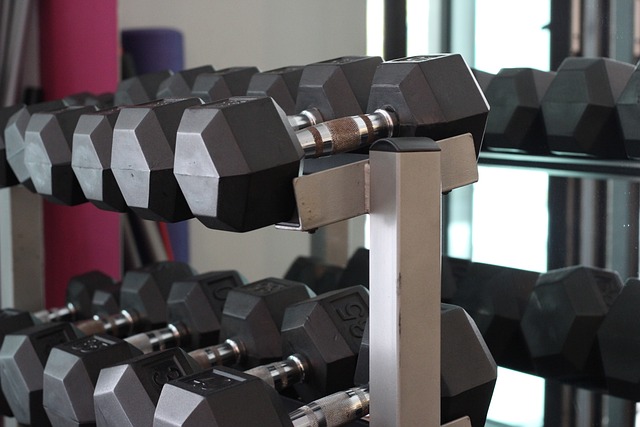 The idea of a nutrition facts label seems like a very straightforward way to present information about the food one is eating or potentially buying. Holding up two products side by side, one can easily judge which one contains a higher percentage of the “bad stuff” (e.g. trans fat, sodium, or plain sugar) or the “good stuff” (e.g. fiber, vitamins, and minerals). On the whole, however, nutrition panels on products can be very misleading.
The idea of a nutrition facts label seems like a very straightforward way to present information about the food one is eating or potentially buying. Holding up two products side by side, one can easily judge which one contains a higher percentage of the “bad stuff” (e.g. trans fat, sodium, or plain sugar) or the “good stuff” (e.g. fiber, vitamins, and minerals). On the whole, however, nutrition panels on products can be very misleading.
The first thing to note about nutrition panels is that what you see is not exactly what you get, because a little bit of rounding is always involved in the numbers on a label. In most cases, that little bit of rounding won’t hurt anyone; no one would care if there were 201 calories in a serving instead of 200 calories. However, rounding does become a concern when it comes to trans fats. Did you know that a product can claim to have zero trans fat as long as it has less than .5 grams per serving? A few example foods that contain trans fats, even though they claim (and legally so) to have none, are the following products from Nabisco: saltine crackers, Barnum’s animal crackers, Fig Newtons, and Ritz Crackers. Surprising, right?
The only way to be sure that a product has 0 trans fats is to scan through the ingredients list and make sure it is free of the keywords “shortening,” “partially hydrogenated vegetable oil,” or “hydrogenated vegetable oil.” Otherwise, there is some amount of trans fat in each serving. Which brings up another point, who really eats just one serving?
No one really eats just one serving of most products, unless the serving is the entire product. This morning, I filled up my bowl of cereal, noting that I had emptied about a third of the cereal box. It was Trader Joe’s Golden Flax Cereal, which has nine 3/4 cup servings per box, which means that I ate three 200-calorie “servings” in one meal. Try not to assume that the amount you’re eating is the typical serving size.
Another prime example of this is ice cream; measure out a half cup of ice cream, which is its listed serving size, and you’ll see what I mean. A half cup of ice cream looks absolutely pathetic next to your typical American ice cream stand’s small size ice cream.
The last thing to keep in mind about the nutrition facts panel is that it is based on a 2,000-calorie diet. Your diet may require more or less than this. The numbers on the panel are good for comparing two products (assuming that they have equivalent serving sizes), but require some scaling if you’re looking to use the % Daily Value information.










